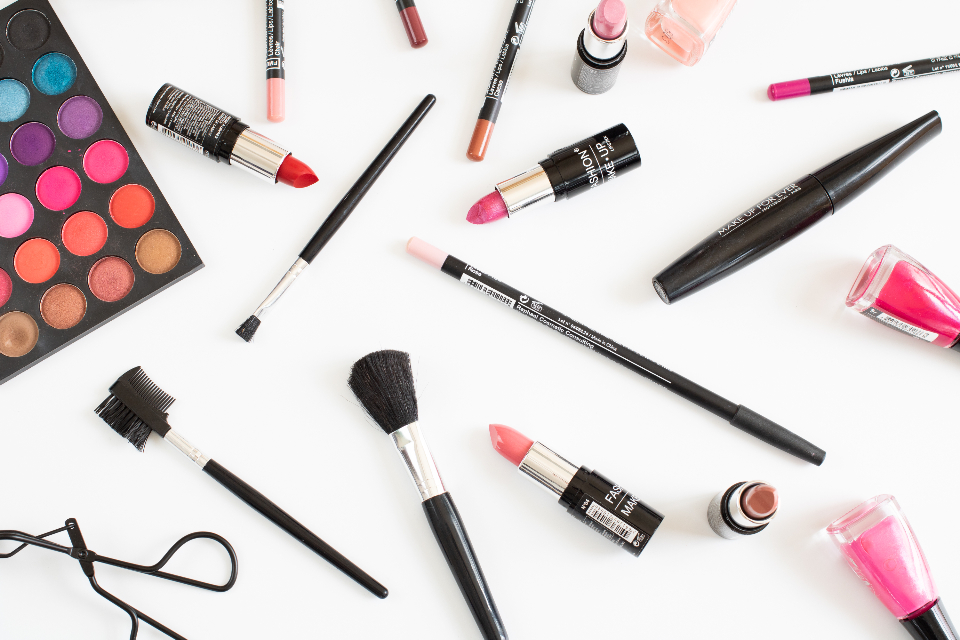“Top 10 Sephora beauty products.” “Those sweatpants are a NEED.” “Fix your skin with this one product.” Social media is the master marketing tool. With things like TikTok Shop, sponsored ads, and influencer recommendations and trends, it’s almost impossible to escape social media’s materialism.
For us teenagers who often find ourselves scrolling on platforms like Instagram Reels and TikTok, we are subjected to endless promotions and advertisements that social media offers. Every other video is likely to be #sponsored. This paid marketing makes unbiased decision-making extremely difficult, and choosing a product is often skewed by the need to follow a trend or to listen to what our favorite influencer tells us to buy. Many influencers go to huge lengths to make a product look better than it is, and sometimes they don’t even use the product regularly. Take, for example, the Mikayla Nogueira controversy, where TikToker Mikayla Nogueira was accused of using fake lashes to trick people into buying mascara. It also happened that the mascara, whose skewed results she was promoting, was also sponsoring her. Coincidence? We think not. This is only one instance of false advertising of sponsored products, and there are many that most likely go under the radar.
Paid ads aren’t the only ways that our decision-making skills are hindered; influencer recommendations, many a time, push us into buying unnecessary products because we just HAVE to have them if everyone else does. We can’t count the number of extra lip glosses and mascaras we have bought due to social media influences. With TikTokers all hopping on the same trends, seemingly billions of people have bought the Dior Lip Oil, and Ugg Minis. These items might not seem so coveted, normally; however, they have become wanted items due to their social media presence. Even expensive items, like high-priced hair dryers and cooking appliances, can seem like justified purchases when coupled with stellar reviews and beautiful setups. When products are linked to some sort of trend, they are automatically placed on wish lists regardless of the necessity of them.
Another way that social media perpetuates materialism, under the radar at that, is when they associate specific items with specific aesthetics. Sometimes getting a specific hair oil isn’t just about making your hair shinier, but it’s about how the bottle will make your makeup collection prettier. But how does a $50 Stanley Cup make someone an “it-girl” and how do Adidas Sambas make someone more of a “downtown girl”? The more popular an unnecessary item is, the more it can be sold for. This cycle can repeat for a large number of items.
And what makes this materialism all the more damaging is the fact that we put more expensive items on a higher pedestal, for no good reason. Buying a $30 mascara, when you can get a similar one for much cheaper, for example. But this phenomenon of “dupes,” or replacements for expensive items, also brings about a level of materialism. Sometimes, buying many cheaper substitutes to an overpriced product is equally bad, if not worse, than buying said item.
In addition, not only does materialism affect us teenagers, but also children who are supposed to be playing in the playground. Recently, children’s good morning vlogs have taken over social media. In these videos, ten-year-olds are using skin care products and beauty tools that are meant for adults. While they have the ultimate skin that older people try to achieve, they are ruining it because of how gullible they are and how materialism has leeched onto us all.
In this rapidly moving generation, it’s crucial to have your own opinions. Just because something is “trendy” doesn’t mean it’s good for you. As victims ourselves, we suggest you not be easily influenced and truly consider your options before purchasing extra items.















































































































































